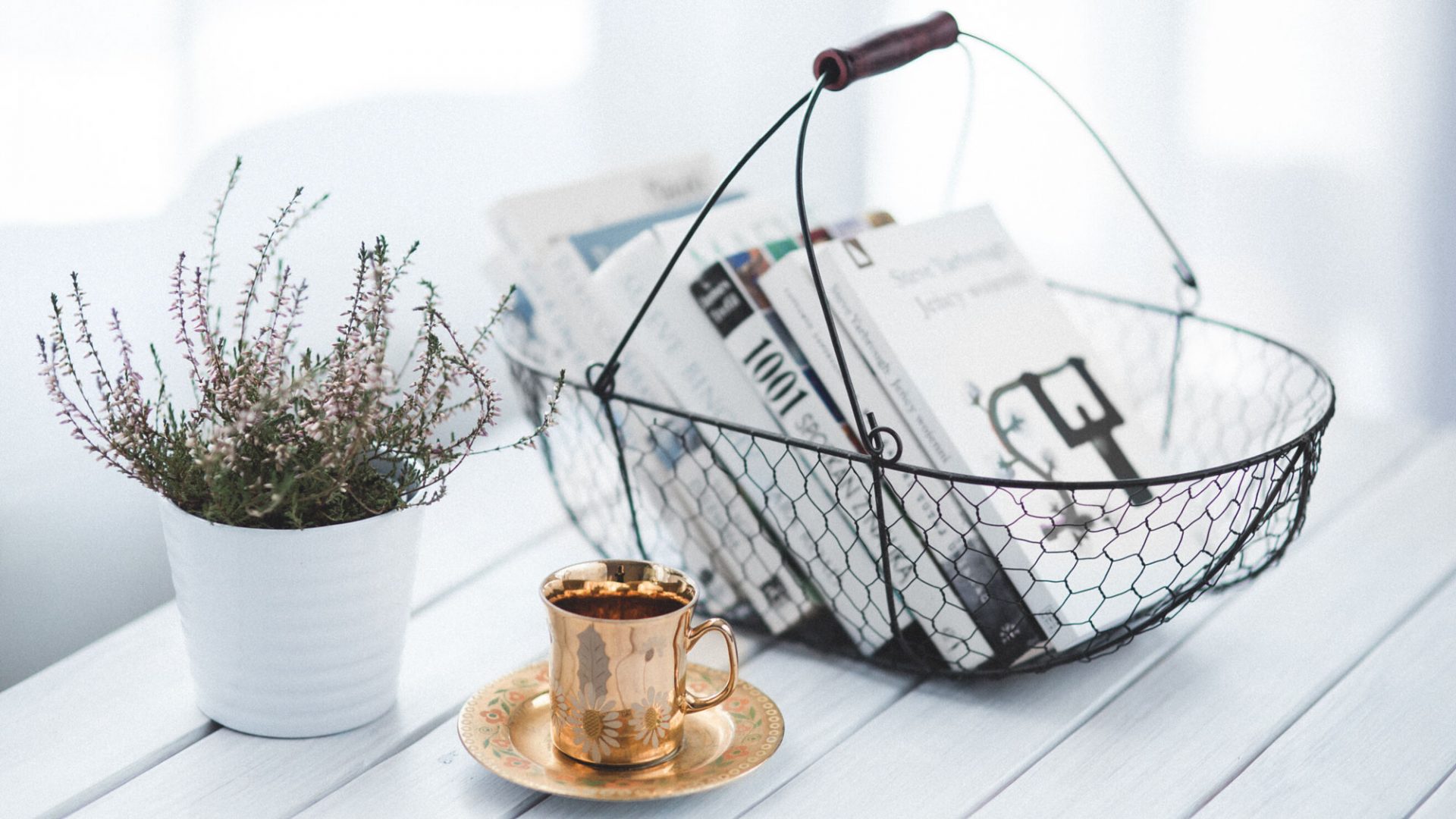If you’ve binge-watched your fair share of HGTV over the years, it’s easy to think you’re pretty much an expert on interior design. While we love watching our favorite fixer-upper teams turn drab, dated rooms into perfectly styled dream homes, there’s often a lot left unsaid in these 30-minute episodes.
Feel free to devour some Home Town and Love It, Or List It for inspiration and how-tos, then apply these rules for everything not to do when it comes to execution.
Here are eight things NOT to do when designing a space:
- Rush – Whether you’re redesigning or starting from scratch – take your time when decorating your home. Live in the space, get a feel for it, and let the design evolve. Curate items that fit and match your vision and don’t settle for something just because it’s “close enough.” Get it right, and you’ll be happier with the outcome in the long run.
- Randomly place small rugs– Rugs are tricky. They need to match, they need to be the right size, and they need to pull all other elements together while still feeling comfortable under your feet. One of the most common mistakes we see are rugs that are too small, which makes the space feel small and awkward. The right size rug will have space to accommodate at least the front two legs of each sofa or chair in a living room. The rug should define the area, not float.
- Hang dark, short window furnishings – This is a big no-no in the world of interior design. Dark, heavy fabrics block natural light and poorly sized, and positioned window treatments make windows appear awkward and small. Ideally, your window treatments should be light-colored, and just hit the floor or pool a couple of inches. As for positioning the curtain rod, it depends on the window, but it should be placed approximately 4-10 inches above the window frame.
- Display clutter, trinkets, and excessive photos – Many of us tend to collect things over the years, display them around our home, and forget to stop and ask ourselves, “do I even like this anymore?” The result? Shelves filled, clutter everywhere, and mismatched frames on shelves displaying an overwhelming amount of old photographs. This clutter and excess is a major design faux pas. Clear the clutter, select just a few of your favorite items to display on bookshelves, and swap your collection of framed family photos for a classy gallery wall.
- Paint without testing – Tell an interior designer you painted a room without testing the paint colors, and they’ll likely gasp in horror. Always purchase a small, sample of a few colors and test them on the walls before committing. You’ll be shocked at how different the colors look in your home compared to the harsh lights of your local Home Depot. Painting can be expensive and time-consuming, so do it right and test your paint colors.
- Mix a bunch of colors and patterns – We know maximism is in, but there’s a fine line between trendy and bold, and confused and cringe-worthy. Seek inspiration from sources like Pinterest and design magazines if you like a lot of bold, bright colors and patterns – there’s a right way to achieve this challenging design style. There’s also a wrong way, and while it’s important to express yourself, you’ll likely find that if it isn’t done just right, too many colors and patterns feel more chaotic than creative.
- Display fake plants and flowers – The fake, unnaturally colored, plastic-looking plants and flowers must go. They collect dust, and most times, are easy to detect as frauds. Instead, opt for live plants. If you don’t have a green thumb, there are plenty of houseplants that are easy to care for and require little care. As for flowers, try swapping fake floral centerpieces for a bowl of lemons or limes.
- Furnish rooms out of scale – Always choose furniture that’s to scale with the room. Big furniture in a little room looks cramped, and little furniture in a big room looks sparse. Take your measurements and choose your furniture accordingly. A sales representative at your favorite furniture store will likely be able to help if you’re unsure.
Designing your home should be fun, and the outcome should make you feel proud. These eight simple principles for good design will help elevate your creative ideas and ensure they come together artistically. Happy decorating!




